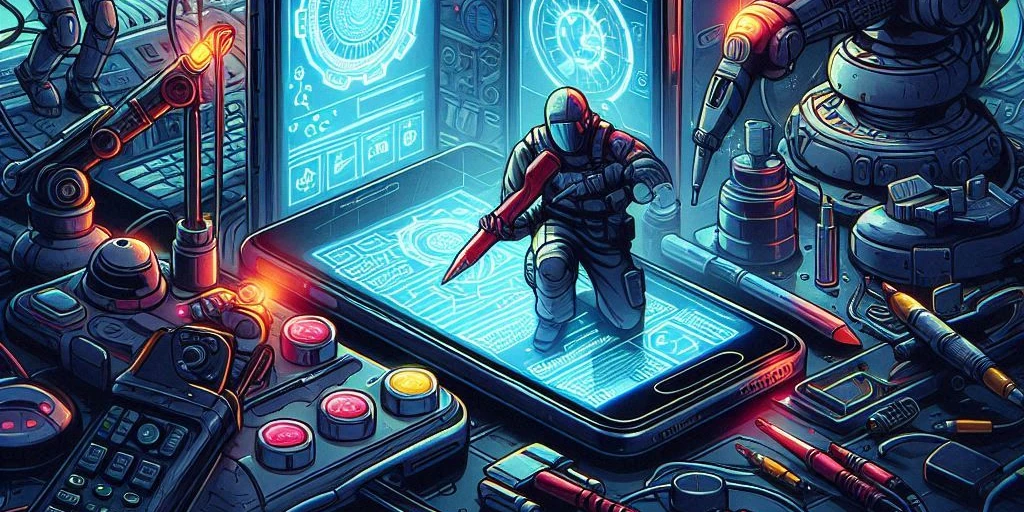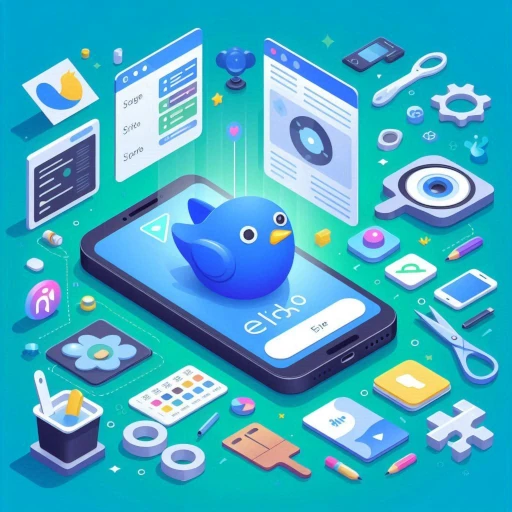Why Your Business Needs a Mobile App Built with Flutter

In today’s digital age, a mobile app can significantly enhance your business’s reach and customer engagement. If you’re contemplating developing a mobile app, Flutter might be the perfect solution for your project. Let’s dive into the process of creating a mobile app with Flutter, and explore why it stands out as an excellent choice for your business.
Why Your Business Needs a Mobile App
Increase Revenue: Mobile apps provide a new channel for selling products and services, boosting your company’s revenue.
Improve Customer Interaction: Apps allow for seamless interaction with customers, offering support and gathering feedback.
Enhance Loyalty: A well-designed app creates a convenient and personalized experience for users, fostering customer loyalty.
Why Choose Flutter?
Fast Development: Flutter allows you to create applications for iOS and Android from a single codebase, saving time and resources.
Outstanding UI/UX: Flutter offers tools for creating beautiful and intuitive interfaces.
High Performance: Flutter apps are natively compiled, ensuring smooth performance.
Rapid Updates: With the Hot Reload feature, developers can instantly make changes and see results, speeding up the development process.
Stages of Mobile App Development with Flutter
Ideation and Business Idea Structuring
Every successful app begins with a strong idea. Clearly define the purpose of your app, identify your target audience, and outline the key features. Create wireframes and mockups to visualize the app’s design and user flow.
Market Research: Analyze market trends, identify competitors, and understand user needs to ensure your app solves a real problem.
Feasibility Study: Evaluate the technical feasibility of your idea, considering the available resources and potential challenges.
Business Model: Develop a business model that outlines how your app will generate revenue, whether through in-app purchases, subscriptions, or ads.
Setting Up the Development Environment
Before you start coding, set up the development environment. Install the Flutter SDK and Dart programming language, and choose an IDE like Visual Studio Code or Android Studio. Configure the necessary plugins and extensions to streamline your development workflow.
Designing the User Interface
Flutter’s widget-based architecture allows for the creation of highly customizable and visually appealing user interfaces. Utilize pre-designed widgets or create custom ones to design the app’s layout, navigation, and interactive elements. The Hot Reload feature in Flutter enables real-time updates, making the design process more efficient.
Developing the Backend
The backend handles data storage, user authentication, and server-side logic. Choose a reliable backend service that suits your app’s needs, such as Firebase, AWS, or a custom server. Integrate the backend with your Flutter app to ensure seamless data exchange and synchronization.
Implementing Core Functionality
With the UI and backend in place, implement the core features of your app. Write the necessary code to handle user interactions, process data, and execute business logic. Flutter’s extensive library of packages and plugins can help you add functionalities like push notifications, payment gateways, and third-party integrations.
Testing and Debugging
Thorough testing is crucial to ensure your app is free of bugs and provides a smooth user experience. Conduct various types of testing, including:
Unit Testing: Validate the correctness of individual components.
Integration Testing: Ensure different parts of the app work together seamlessly.
User Acceptance Testing (UAT): Collect feedback from real users to identify usability issues and areas for improvement.
Use Flutter’s built-in testing framework and debugging tools to identify and fix issues quickly.
Launching and Deployment
Once your app is fully developed and tested, it’s time to launch it. Prepare the necessary assets, such as app icons and screenshots, and create compelling descriptions and marketing materials. Follow the guidelines provided by the App Store and Google Play for a smooth submission process.
Post-Launch Support and Maintenance
The journey doesn’t end with the launch. Continuously monitor your app’s performance, gather user feedback, and release updates to fix bugs and add new features. Providing excellent post-launch support is crucial for retaining users and maintaining your app’s reputation.

Why Partner with DIP Dev?
Creating a mobile app can be complex and time-consuming. Professional assistance can make the process smoother and more efficient. DIP Dev offers:
Tailored Solutions: We develop apps customized to the unique needs of your business.
Expertise and Experience: Our team has extensive experience in Flutter development.
Comprehensive Support: From ideation to launch and beyond, we are here to support you at every stage.
Let’s work together to create an app that will propel your business to new heights. Contact DIP Dev to discuss your project and start your journey to success!